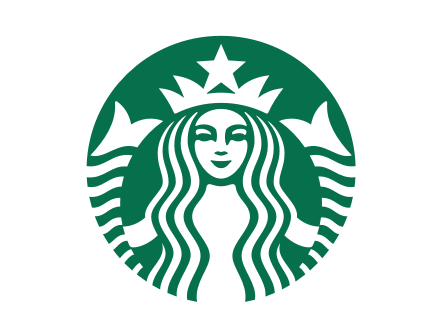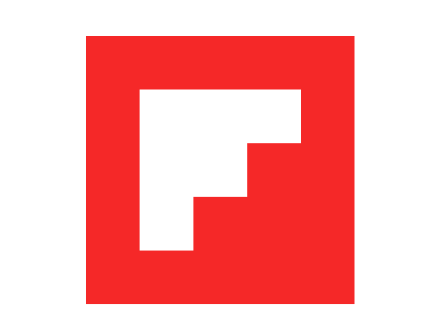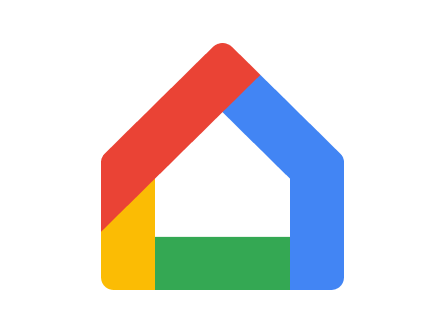Info
My work has helped companies fulfill brand promises, innovate and get closer to achieving their mission. I have over a dozen years of experience making digital products for notable brands. As the iPhone and the App Store emerged and became more integrated into our lives I started working for a consultancy in Seattle called Übermind who built several first generation mobile products for companies like Target, Showtime and Nike, among others.
Developers at Übermind worked on the original version of the Apple Store app, that allowed anyone to walk into an Apple Store and purchase products in a frictionless way, eliminating the need for a point of sale. That kind of transformative, focused utility made a big impression on me and is an good example of how technology can improve our lives, remove barriers and provide seamless experiences.
Originally I studied photography. After college in Philadelphia I sold most of my belongings and moved to the mountains in Colorado where I worked as a ski patroller mitigating avalanche hazard.
What I do today as a designer is similar to the photographic process. You have an idea, choose a camera and lens, find your subject, wait for the right lighting, set your ISO, exposure and depth of field, compose the image through the frame and finally you take the shot. Then there’s a fair amount of post production, not to mention printing process. In the end there are many steps to getting to a final image. You can put many images together to make up your story or photo essay. Product design is related in many ways—you end up with a series of images and an experience.
Übermind was purchased by Deloitte in 2012 and the client work changed. Starbucks was one of the first retailers to invest in technology and mobile at the time. They had an open API actually and a very lucrative mobile payments system. We redesigned the Android app from the ground up in 8 months. During my time there we also worked on mobile ordering and redesigned the Pay and Manage flow on iOS.
After a couple years there I was recruited by Google to work on Cloud UX. Google has a SaaS offering similar to Amazon Web Services. Snapchat and Spotify run on GCP. Cloud was technically challenging for many reasons. Technical infrastructure was new to me. I don't have a computer science degree. The engineering manager who ran the team I worked with had a PhD in Nuclear Physics.
We were mostly focused on the alerting and monitoring scenario. In DevOps, there's usually someone on call, say an SRE (site reliability engineer) or cloud engineer who is responsible any time there's an outage. If PayPal goes down for 30 seconds it costs the company tens of thousands of dollars, causes unnecessary pain for users and hurts their brand. Admins and CEOs also need insight into the KPIs and metrics impacting their environment in the cloud. While at Google I was also on the SignalsUX team, based in NYC, that was responsible for all the data visualizations and charting for Cloud.
Having had experience working in an agency, being in house at Starbucks and getting after it at a large transformative technology company like Google I came to the Bay Area for more startup experience and some new challenges. I'm still interested in the digital craft of product design and prototyping and getting at the root of the problem, but I also see the benefit of empowering other team members with the right tools, methodologies and approaches to help them solve their problems or think about creating their own customer experiences.
Resume requires password. Request access





